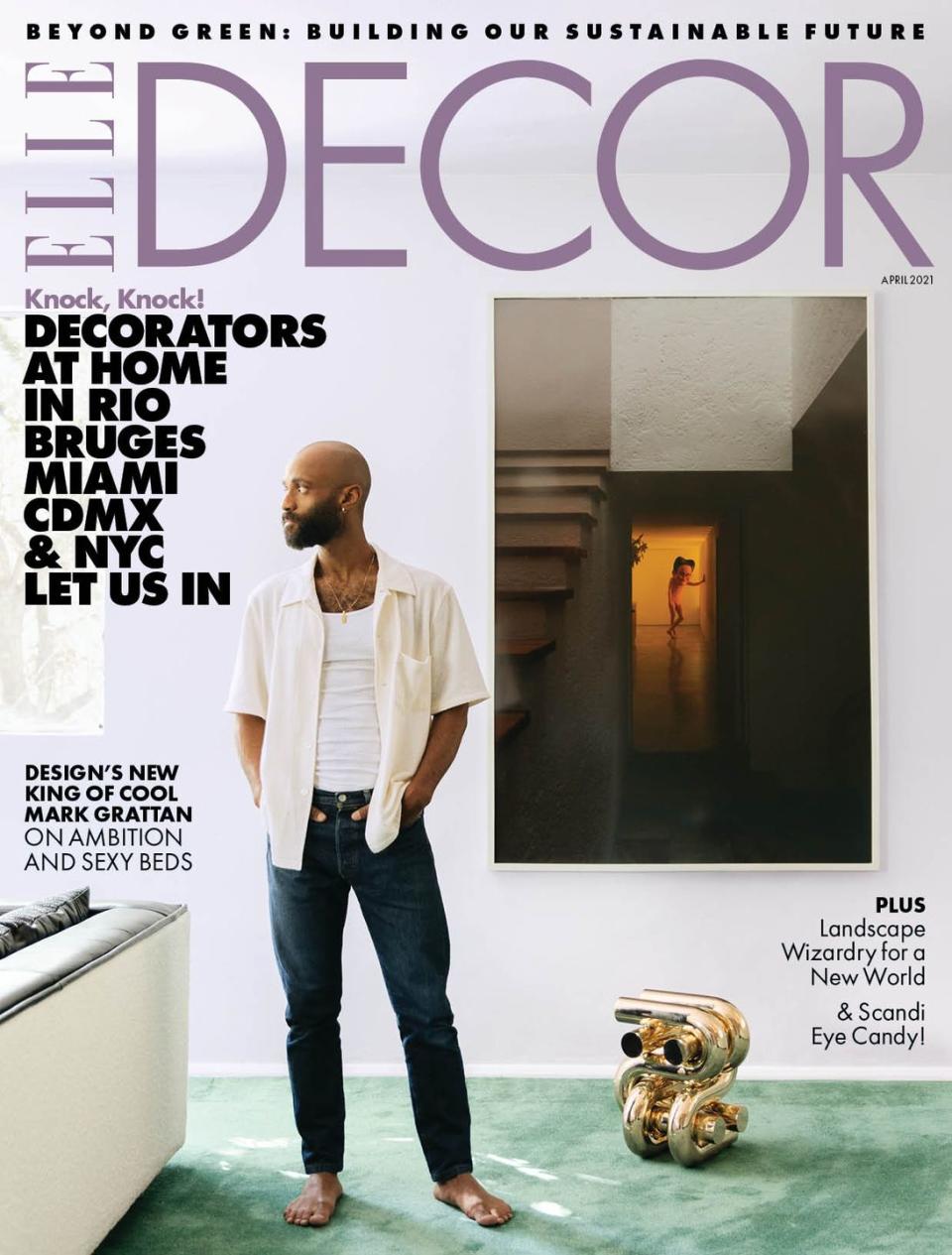Yes, Even You Can Make Your Backyard More Eco-Friendly

Until May of last year, I’d lived on the East Coast my entire life, mostly in a series of apartments dotted across Manhattan and Brooklyn. None had outdoor space. Two months into the pandemic, my family and I moved to the Bay Area. With that shift, I became newly attuned to the natural world—and acutely aware of just how little I understood it.
City life meant that I’d never had to ask how forests grow back after a wildfire, or how water tables dictate where you can and can’t build a house, or how a native plant will persevere where a non-native species will not. The paradox of California is that pretty much anything will theoretically grow here, but persistent drought conditions, which then exacerbate the fire season, make the land less hospitable without further human intervention. So how does one design a distinctive landscape that respects the natural state of things?

A new guard of regional talent has made it clear that it’s up for the challenge. Terremoto, a 17-person collective with offices in San Francisco and Los Angeles, has tackled everything from a gravel parking lot in Sausalito to an elementary school in Newport Beach to a winery in Sonoma County, and more than 150 residential gardens in between. The Oakland-based studio Dune Hai, run by Anooshey Rahim, is more emergent but no less ambitious: Recent projects include a 100-acre estate in Pope Valley, a day-care center in San Leandro, and a pocket park in Oakland.
The founders of both landscape architecture studios racked up rigorous design training and on-the-job experience at some of the industry’s most pedigreed firms before veering left to establish experimental studios of their own. That extends to a radically different practice as well: “It’s only as hierarchical as it needs to be to function,” says Story Wiggins, an associate in Terremoto’s San Francisco office, “and that allows people to express themselves.”

Clients accordingly turn to these firms for more than traditional espaliers and green walls. Journalist Andrew Romano, who engaged Terremoto for an outdoor playscape in the yard of his R.M. Schindler house in Silver Lake, was primarily drawn to its unique way of thinking. “Everything is contingent on the site, the light, the client,” he says. “It’s not a look; it’s a way of approaching the problem.”
One such point of contention is non-native plantings. While California is past the point of no return given the palimpsest of foreign seeds and plants that thrive in its soil, says Lauren Hamer of Terremoto’s Los Angeles office, her team draws the line at installing invasive varietals like pampas grass and Mexican feather grass, owing to their propensity for overtaking adjacent native plantings.
The platonic example of a horticultural genie that has escaped its bottle is the eucalyptus, introduced to California in the 1850s by Australian gold rushers who figured the then-scrubby landscape could use more trees for firewood. While almost universally reviled in a contemporary context, it, too, has its utility: “I’m actually using eucalyptus in my projects now,” Rahim of Dune Hai says of the fast-growing evergreen. “You can chop it and make it into dimensional lumber for steps.”

Ultimately, neither practice views sustainability as a constraint. “In the East, there’s too much water in the system, while drought in California is the given,” notes Rahim. “Designing with climate-appropriate plants is not even a question to me.” Rather than defaulting to zero-water planting, both firms take a holistic tack, trying to incorporate the right mix of native plants that won’t tax the terra firma.
The biggest cultural reset, however, might be a popular reimagining of garden aesthetics to accommodate an ever-changing environment, and a taste of the unexpected—even the ugly. Terremoto aims to “complicate” the fantasy, says Hamer; more controversially, prospective clients might find that change isn’t even in the cards. As Terremoto cofounder David Godshall notes, “the most sustainable thing is actually to do nothing at all.”

This story originally appeared in the April 2021 issue of ELLE Decor. SUBSCRIBE
You Might Also Like

